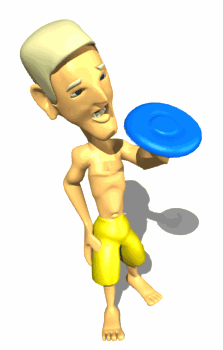Honors Rotational Motion

The motion of objects cannot always be described completely using the laws of physics you’ve looked at so far. Besides motion, which changes an object’s overall position (translational motion, or translational displacement), many objects also rotate around an axis, known as rotational, or angular, motion. The motion of some objects involves both translational and rotational motion.
An arrow speeding to its target, a hovercraft maneuvering through a swamp, and a hot air balloon floating through the atmosphere all experience only translational motion. A Ferris Wheel at an amusement park, a top spinning on a table, and a carousel at the beach experience only rotational motion. The Earth rotating around its axis (rotational motion) and moving through space (translational motion), and a frisbee spinning around its center while also flying through the air, both demonstrate simultaneous translational and rotational motion.
Objectives
- Differentiate between translational and rotational motion of an object.
- Describe the rotational motion of an object in terms of rotational position, velocity, and acceleration.
- Use rotational kinematic equations to solve problems for objects rotating at constant acceleration.
- Utilize the definitions of torque and Newton’s 2nd Law for Rotational Motion to solve static equilibrium problems.
- Explain what is meant by conservation of angular momentum.
- Calculate the rotational kinetic energy and total kinetic energy of a rotating object moving through space.

